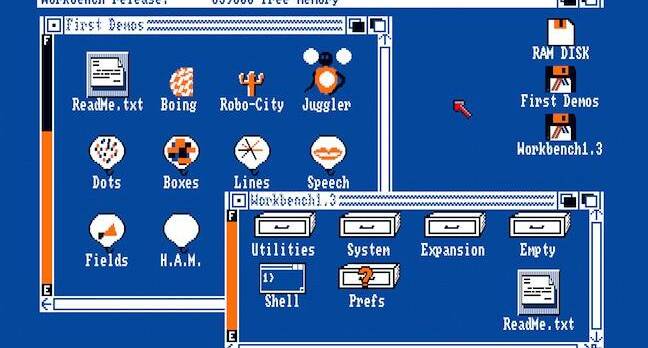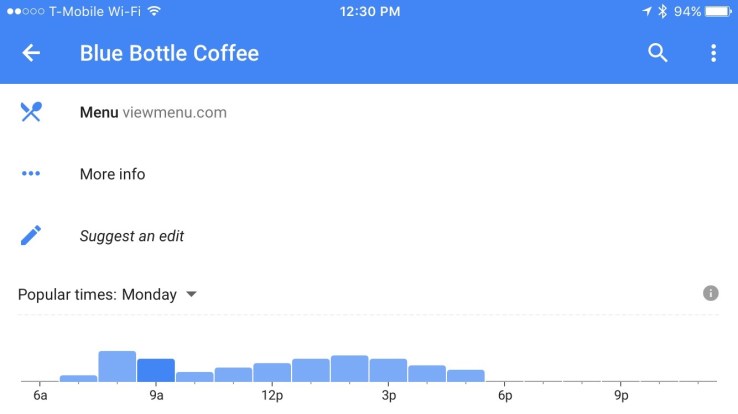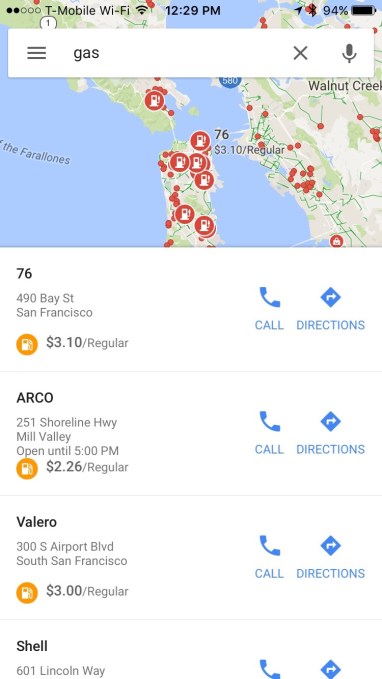
Google Fiber is currently available in three cities: Kansas City Mo.; Provo, Utah; and Austin, Texas.
(Michael Bocchieri / Getty Images)
Internet providers used to battle one another for access to a city, agreeing to a host of demands that often included assurances that the provider would serve the poorest neighborhoods.
Then came Google Fiber and its brand cachet, which turned the tables by asking city governments what they were willing to do to be chosen for the tech giant's ultra-fast Internet. More than a thousand cities have obliged.
Los Angeles appears to be following that same path now that the city has been added to Google Fiber's list of 17 new markets to which it's working to expand.
The announcement Tuesday, which provided scant details, comes only a day after AT&Tsaid it would expand its equivalent of super-fast broadband service into 38 additional cities, including parts of L.A.
To better qualify for Google Fiber, L.A. will have to adhere to a checklist developed by the company that includes “efficient and predictable” permitting, access to city property for network hubs and the appointment of a person to deal directly with the company. The goal is to streamline the process to reduce the risk that a city may not be ready.
“In the past, municipalities would ask for significant concessions like 100% coverage or building connections to schools. It was really hard to get into a new area,” said Jan Dawson, chief analyst at Jackdaw Research. “What Google has done is turn the model on its head by saying, ‘If you want us to build fiber, what are you going to do for us?'”
It remains unclear whether Google Fiber, a subsidiary of Alphabet Inc., will pledge fair access to its service across all neighborhoods, even those with residents who would struggle to pay the charge of about $70 a month or the $300 construction fee for those opting for the service's free, and much slower, basic Internet.
Jill Szuchmacher, Google Fiber's director of expansion, said it was too early in the process to determine how and where the company hopes to roll out its service.
“This is just the beginning of the conversation,” she said.
A company spokesperson, Lauren Barriere, later added: “Our goal is to bring Google Fiber to as many people as possible, and we would design our network to cover as much of Los Angeles as we can.”
Google Fiber has typically introduced its gigabit-speed Internet one neighborhood at a time and only where there's demand for it, Dawson of Jackdaw Research said.
Fair access to the Internet has been a top issue for Los Angeles Mayor Eric Garcetti, who has championed the tech industry in the city.
“Expanding, improving and strengthening Internet access throughout Los Angeles is vital to further accelerating L.A.'s economic growth — and affordable service is essential to erasing a digital divide that leaves too many people without the tools to maximize potential in the 21st century,” the mayor said in a statement Tuesday. “When companies like Google and AT&T invest in our communities, it shows that L.A. is determined to be America's most connected city, and will continue leading the world in innovation and creativity.”
Google Fiber is currently available in three cities: Kansas City, Mo.; Provo, Utah; and Austin, Texas. The service will soon roll out in six other places: Salt Lake City; Atlanta; San Antonio; Nashville; and Charlotte; and Raleigh-Durham, N.C. The company is also trying to bring Google Fiber to San Diego, Irvine and Chicago, which was named alongside L.A. in Tuesday's announcement.
Google Fiber also offers a $130-a-month tier, which provides access to more than 150 TV channels.
The service includes Internet speeds of 1 gigabit per second, which represents about 40 times faster uploading speeds and 100 times quicker downloading speeds than the typical service used by Angelenos, according to network testing company Ookla.
The speeds are more than most people need to stream video or music today, but may become the norm years from now as data demands get bigger. Google Fiber noted that L.A.'s entertainment industry would stand to benefit first since people in that industry often have to transfer large media files.
“In L.A., faster Internet may mean that indie musicians and YouTube stars can spend less time worrying about bandwidth,” Szuchmacher said.
Los Angeles recently closed a bid for companies to introduce gigabit Internet access, offering up to $1 billion in incentives, including expedited permitting, discounted real estate to house networking hardware and a guarantee to become a customer.
That proposal was written closely with Google Fiber in mind to attract big Internet providers, said Peter Marx, Garcetti's chief innovation technology officer, who believes that the city will have little trouble meeting the demands of the company's checklist.
“We knew about the [Google Fiber] checklist when we were creating” the language for the bids, Marx said. “There's no such thing as coincidences.”
Despite that, Google Fiber said it was working independently of the city project — known as CityLinkLA — and would shoulder the costs of adding super-fast Internet to the nation's second-largest city.
Any work would mean thousands of miles of fiber cable being either laid underground or added to electrical poles.
“It is a significant investment,” Szuchmacher said.
AT&T said it had submitted a bid for CityLinkLA, although its announcement Monday to add some gigabit access to the city is independent of that project. The project revealed Monday uses the company's existing infrastructure in L.A. and will benefit from expedited city permitting, said AT&T spokesperson Kate Ijams.
Marx said AT&T is required to provide low-cost access to its Internet service as part of its deal to acquire satellite TV provider DirecTV.
He added that the city would work closely with Google Fiber and AT&T by helping them identify public works projects that may make it easier to install fiber.
Marx is confident that competition between Google Fiber, AT&T and perhaps other companies will keep prices down for low-income residents.
“We don't necessarily have all the power to determine what prices can be but we can make it easier for broadband providers to come here and create more competition,” he said.

















